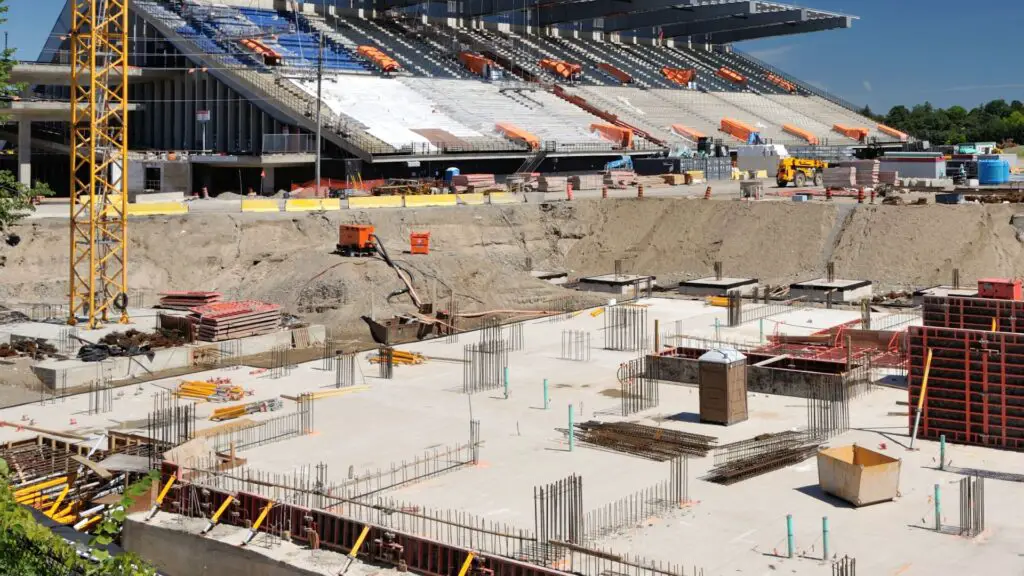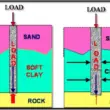Sports is an immensely engrossing world that engages millions worldwide; both athletes and spectators seek top-class facilities and grounds to engage in their favorite activities.
Yet building commercial sport facilities presents numerous obstacles which must be surmounted for successful completion of projects such as these – in this blog post we explore this amazing realm and the various hurdles builders and designers encounter when creating exceptional venues for sporting events.

Financial Constraints:
One of the key obstacles associated with building commercial sports facilities and grounds lies in managing financial resources effectively. Project expenses often surpass initial projections; from land acquisition costs and labor fees, through materials costs and construction. Constructing state-of-the-art stadiums or sports complexes requires considerable investments that may strain organization budgets as well as stakeholder budgets.
Financial planning can help overcome this difficulty; partnerships with sponsors, loans and alternative funding solutions may alleviate financing burdens while assuring completion of facilities.
Site Selection and Land Availability
Selecting an ideal site for building a commercial sport facility can be an intricate task. It must meet the needs of athletes, spectators and the surrounding community – accessibility issues like transportation infrastructure as well as environmental considerations are key components in site selection decisions.
Land availability
Land availability presents another obstacle. Urban areas often face space constraints that make finding enough room to build sports facilities challenging, necessitating innovative thinking in terms of repurposing existing structures or considering multipurpose sports complexes to maximize land usage efficiently and meet sports facility construction deadlines.
Design and Functionality:
In order to design a commercial sports facility that will satisfy athletes, spectators, and event organizers’ needs requires striking an equal balance between aesthetics and functionality. Each sport discipline imposes different demands which necessitate the incorporation of special features or infrastructure solutions.
Football stadiums require large seating capacities, effective pitch drainage systems and modern amenities while tennis complexes call for adequate lighting, soundproofing and court surfaces suitable for their respective sport. Architects, engineers and designers must work in close collaboration to make sure each facility’s design aligns with its purpose while optimizing event hosting potential.
Like Us on Facebook!
Also Read: 8 Benefits Commercial Paving Provides for Business Owners
Subscribe Us on YouTube!
Navigating and Achieve Permitting:
Sports construction projects often present complex regulatory compliance and permitting challenges that add layers of complexity to their building processes. Building codes, safety regulations and environmental guidelines all must be strictly observed during each construction stage – making the entire construction experience even more intricate.
Builders must engage with various stakeholders – government agencies, environmental bodies, and community representatives – in order to obtain approvals. This may involve conducting environmental impact analyses, responding to local residents’ concerns, and complying with stringent safety standards. Engaging legal and regulatory specialists early can streamline this process while assuring compliance.
Construction Logistics and Timelines:
Large-scale sports facility projects require complex construction logistics with tight timelines. Coordinating multiple contractors, subcontractors and suppliers can become a logistical nightmare; delays in material deliveries due to adverse weather conditions or unexpected site conditions could further derail progress on site.
Project managers must implement efficient project management techniques, including comprehensive scheduling, regular progress monitoring, and proactive communication between all involved. Modern technologies like Building Information Modeling (BIM) and project management software may streamline construction projects while increasing coordination between parties involved.
Also Read: Evaluating the Impact of Material Selection on Civil Engineering Project Costs and Sustainability
Sustainable and Green Construction:
With so much focus being put on sustainability goals in modern society, building sport facilities that align with these ideals presents an enormous challenge. Balancing energy-efficient designs with waste reduction efforts as well as responsible material sourcing practices must all come into play when selecting sports facility locations for construction.
Builders and designers should practice sustainable practices when planning buildings and designing spaces, including using renewable energy sources, conserving water consumption measures, using recycled or locally sourced materials and creating green spaces.













